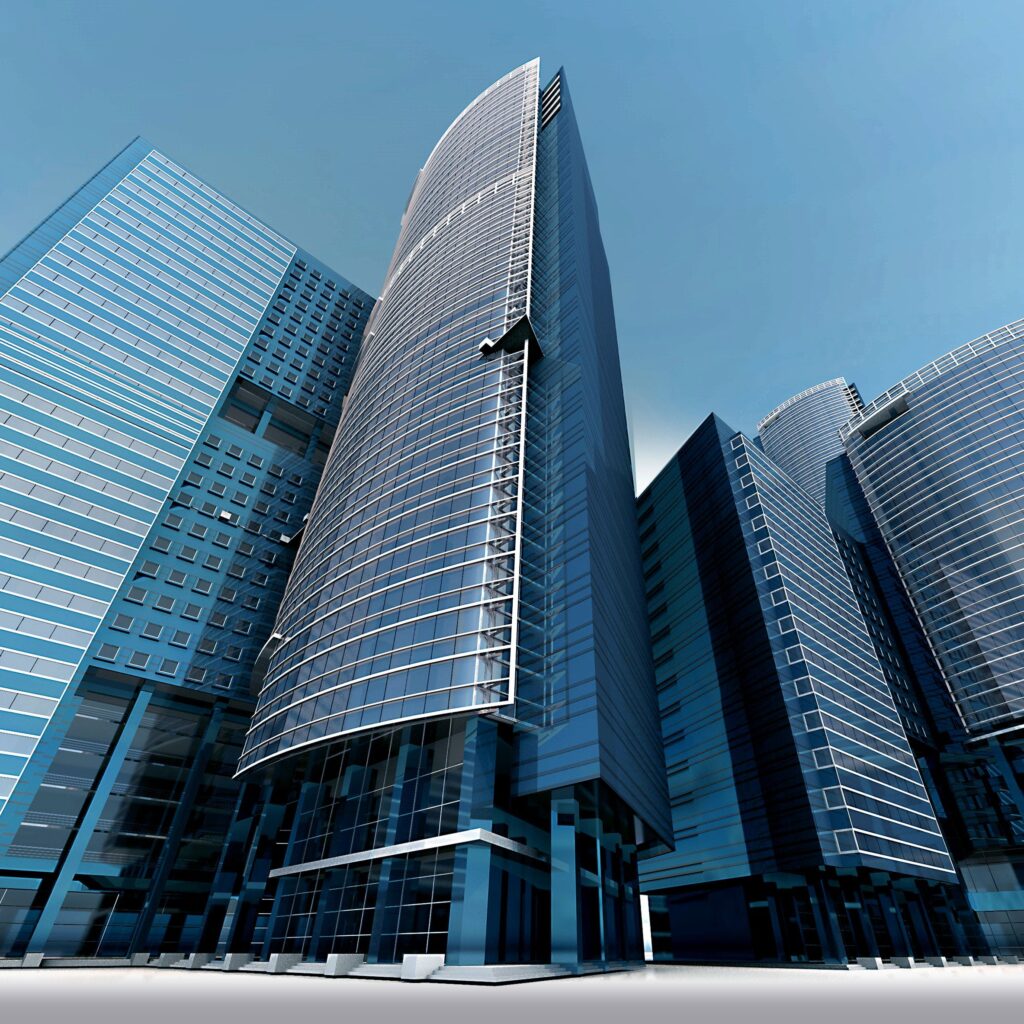In the realm of construction, the term “superstructure” refers to the part of a building or structure that is above the foundation and substructure.
It is the skeleton that defines the architectural identity, accommodates functionality, and stands as a testament to human engineering prowess. The construction of superstructures involves a complex interplay of design, materials, technology, and skilled labor.
This article delves into the intricate process of constructing superstructures, exploring the evolution of techniques, materials, and the challenges that engineers face as they reach new heights in architectural innovation.
Historical Perspective
The history of superstructure construction dates back centuries, with each era contributing to the evolution of techniques. Early civilizations erected superstructures primarily using stone and wood.
The pyramids of Egypt, the Parthenon in Greece, and the Colosseum in Rome exemplify the grandeur achieved through ancient construction methods.
As time progressed, advancements in materials and construction techniques allowed for taller and more intricate superstructures. During the medieval period, cathedrals and castles showcased the use of arches, vaults, and buttresses, emphasizing both functionality and aesthetics.
The Industrial Revolution marked a turning point with the introduction of iron and steel, enabling the construction of skyscrapers.
The Eiffel Tower (1889) in Paris and the Empire State Building (1931) in New York City exemplify the early use of these materials, laying the groundwork for the high-rise structures of the 20th and 21st centuries.
Design Considerations
The construction of a superstructure begins with meticulous design, involving architects, structural engineers, and other specialists. The design phase considers factors such as purpose, load-bearing capacity, aesthetics, and environmental impact.
Advanced computer-aided design (CAD) and building information modeling (BIM) technologies play a pivotal role in creating virtual prototypes, allowing for precise planning and analysis before physical construction begins.
Materials and Construction Techniques
Modern superstructures rely on a diverse range of materials, each chosen for its specific properties and benefits. Concrete and steel are predominant, offering a balance between strength, durability, and flexibility. Reinforced concrete, where steel is embedded to enhance tensile strength, is widely used for its versatility.
Cutting-edge construction techniques, such as prefabrication and modular construction, streamline the building process. Prefabricated components are manufactured off-site and assembled on-site, reducing construction time and minimizing waste.
This approach has been instrumental in the construction of large-scale superstructures, including residential complexes, commercial buildings, and even sports arenas.
Challenges in Superstructure Construction
Constructing superstructures, especially at greater heights, presents unique challenges. Wind resistance, foundation design, and material fatigue are critical considerations. Engineers employ sophisticated simulation tools to analyze the structural behavior under various conditions, ensuring the safety and stability of the superstructure.
Environmental sustainability is an increasingly important factor in modern construction. Green building practices, such as the use of recycled materials, energy-efficient designs, and sustainable construction methods, are integrated into the construction of superstructures to minimize their environmental footprint.
Innovations and Future Trends
The construction industry is at the forefront of technological innovation, and this is particularly true for superstructure construction. Advancements in materials science, robotics, and artificial intelligence continue to reshape the way buildings are designed and constructed.
3D printing, for instance, holds the promise of revolutionizing construction by enabling the creation of complex structures with unprecedented speed and precision.
The integration of smart technologies into superstructures is another burgeoning trend. From energy-efficient systems to smart sensors that monitor structural health in real-time, buildings are becoming increasingly intelligent and responsive to the needs of their occupants.
Conclusion
The construction of superstructures is a dynamic and multifaceted process that has evolved over millennia. From the humble beginnings of stone and wood to the cutting-edge technologies of the 21st century, the journey has been marked by innovation and a relentless pursuit of reaching new heights.
As we look towards the future, the construction of superstructures will continue to push the boundaries of what is possible.
With sustainability, efficiency, and safety at the forefront, engineers and architects will leverage emerging technologies to create structures that not only defy gravity but also harmonize with the environment and enhance the quality of human life.
The construction of superstructures is not just about erecting buildings; it is about shaping the skylines of our cities and the aspirations of our societies.
To see other material construction prices, please see here.
To know other construction guides, tips, and methodology for beginners, veterans, and contractors, please see here.

